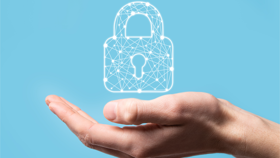The EPC QR code is created according to the guidelines of the European Payments Council Quick Response Code and can be used to initiate a SEPA transfer (SCT). You use it by scanning it with your banking app on your smartphone (or tablet). After scanning, you have a filled-out transfer form that you can execute through your banking app. The code is used in Belgium, the Netherlands, Germany, Austria, and Finland.
The EPC QR code is supported by Argenta, ASN, Belfius, Bunq, BNP Paribas Fortis, ING, KBC, Knab, SNS, and VDK.



